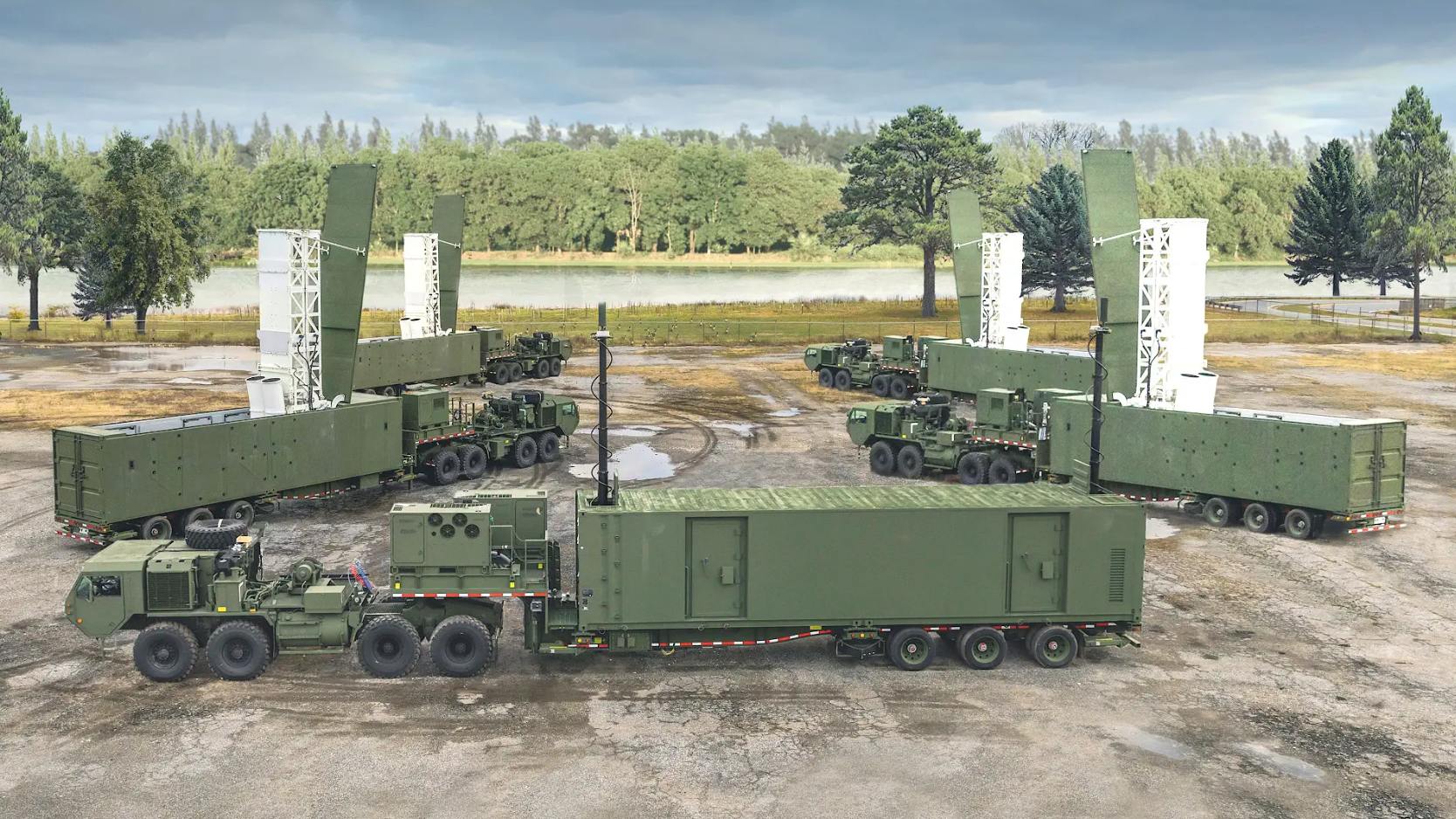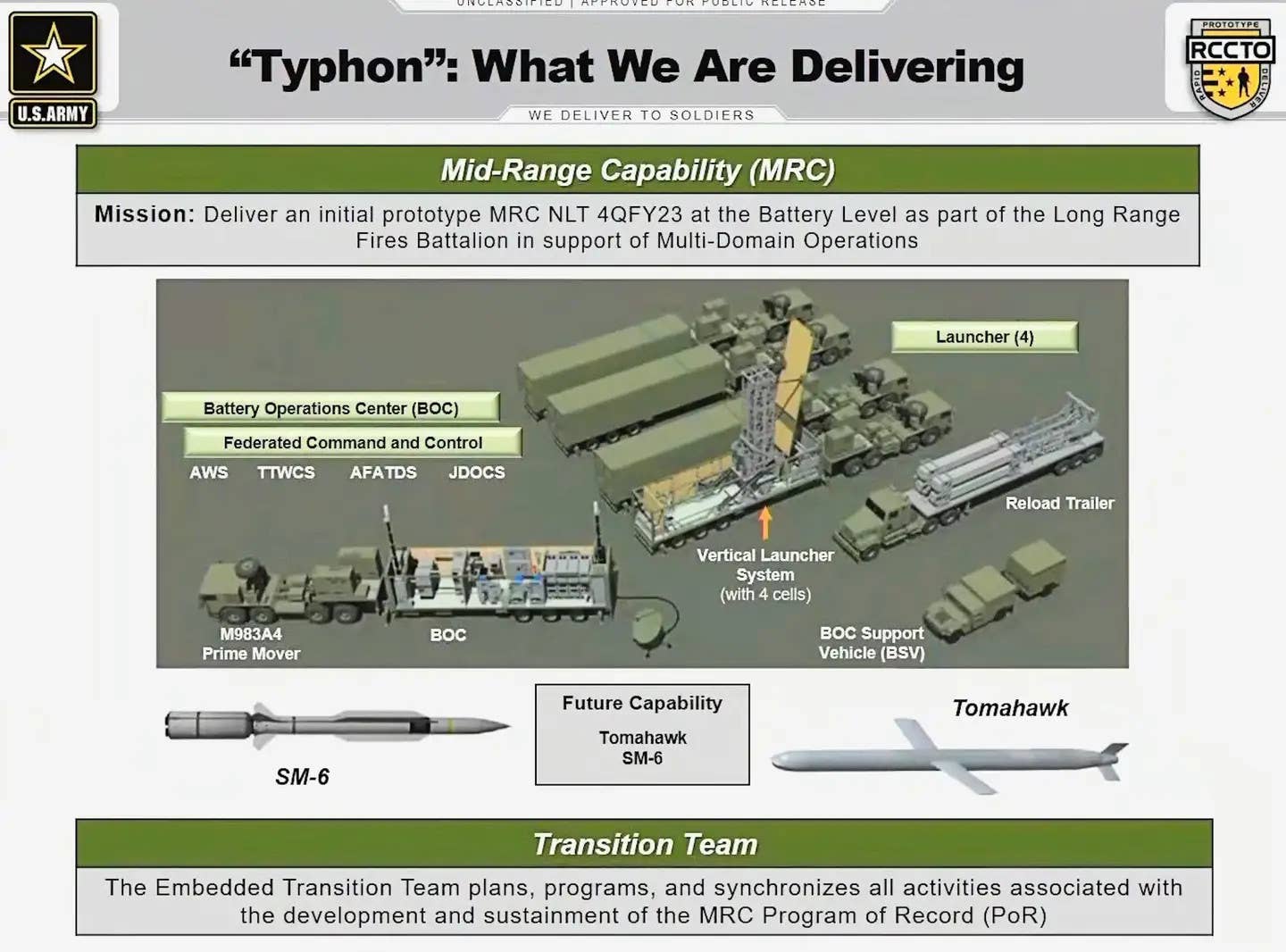Amidst escalating tensions in the Indo-Pacific region fueled by China’s relentless build-up of powerful missiles capable of targeting US military installations, the US Army is gearing up to deploy a new medium-range missile launcher in the region by the end of this year.
General Charles Flynn, the commanding general of the US Army Pacific, confirmed the upcoming deployment of a new medium-range missile launcher during a media briefing held at the US Embassy in Tokyo on April 3.
The high-ranking US Army official refrained from divulging specific details about the deployment, including the type of system or its intended location. However, he highlighted the critical necessity for a long-range precision fire capability in the region.
“I’m not going to discuss what system, and I’m not going to say where and when. I’m just saying that there will be a long-range precision fire capability that will come to the region,” General Charles Flynn said.
Previous reports suggest that the weapon system in question could be the ground-based Typhon system currently in development by the US Army. Last year, Gen Flynn acknowledged the US Army’s intention to deploy the Typhon system in the Indo-Pacific area.

The Typhon system can launch various missiles, including the Tomahawk cruise missile, which has a range exceeding 1,600 kilometers, and the new SM-6 interceptor missile.
Meanwhile, this forthcoming deployment marks a significant development, as it would be the first time such a weapon system would be deployed to the Indo-Pacific region since the Cold War.
Under the 1987 Intermediate-Range Nuclear Forces Treaty (INF) between the US and the then-Soviet Union, all land-based missiles, both conventional and nuclear, with ranges between 500 km and 5,500 km (310 miles and 3,400 miles), were prohibited.
However, the US withdrew from the INF in 2019, alleging that Russia had been secretly conducting tests and deploying missiles that violated the terms of the treaty. Subsequently, the US Army and Marine Corps embarked on comprehensive development initiatives for new medium-range missiles.
Nonetheless, this strategic move is poised to serve as a vital deterrent against potential threats posed by China’s military advancements.
Where Will The Typhon System Be Deployed?
The US Army’s development of the Mid-Range Capability (MRC) /Typhon missile aims to address the gap in mid-range capability, bridging the distance between the 482-kilometer range of the Precision Strike Missile (PrSM) and the 2,776-kilometer range of the Long-Range Hypersonic Weapon (LRHW). This means the system requires missiles capable of reaching targets up to 1,800 kilometers away.
In December 2022, Lockheed Martin delivered one of the initial four prototype Typhon MRC weapon systems to the US Army. These ground-based launchers were developed as part of the Army’s efforts to enhance long-range precision fire capabilities.
In July 2023, the US Army successfully conducted tests of the system, which included four trailer-based launchers and related equipment, utilizing Tomahawk and SM-6 missiles.
Although the US Army has not officially disclosed the specific location for deployment of the system in the region, potential sites could include either Japan or US territories in the area.
Deploying the system in Japan would be challenging, primarily due to difficulties gaining public support. There are also concerns that Japan could potentially become a target of China’s arsenal if the system were stationed there.

Additionally, Tokyo’s plans for a “counterstrike capability,” including Tomahawks and domestically developed missiles, further complicate the deployment in Japan.
There is, thus, a likelihood that the system will be stationed in Guam and temporarily dispatched to Japan for training exercises.
Moreover, deploying the system in Guam or for rotational deployments near US Asian allies could bolster deterrence against China’s military activities, especially in regions close to Taiwan and the disputed South China Sea.
According to the Pentagon’s report on the Chinese military, Beijing, which was not bound by the INF Treaty, is estimated to possess around 1,500 missiles with ranges between 1,000 km and 5,500 km.
This grants the People’s Liberation Army (PLA) considerable capabilities for anti-access and aerial denial across strategic areas, notably the contentious South China Sea.
- Contact the author at ashishmichel(at)gmail.com
- Follow EurAsian Times on Google News




